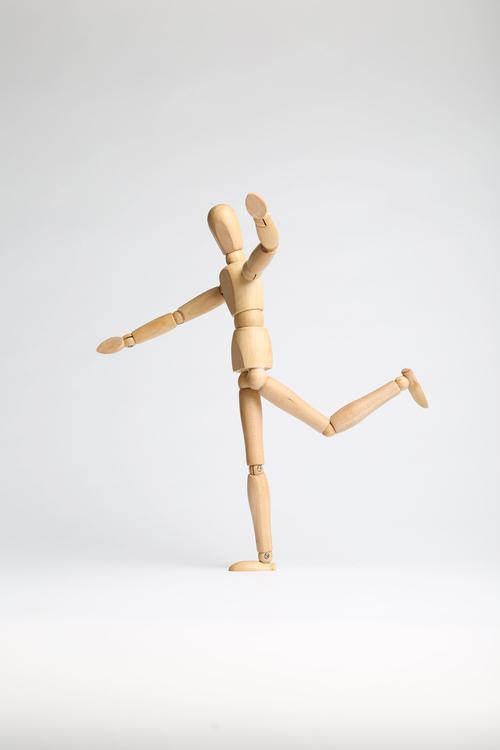
How long can you stand on one foot? This isn’t just a test of balance — it’s a test of brain health. (Tom and Steve/Photographer’s Choice RF/Getty Images)
Internet
brain games aren’t the only way to gauge what’s going on between your
ears. A simple physical test may be able to tell you how healthy your
brain is, according to a new study from Japan, published in the journal Stroke.
In
the study, researchers had 1,387 healthy people stand on one leg with
their eyes open for as long as possible, up to a minute. Then they
performed MRI’s on the subjects, whose average age was 67, and had them
complete four cognitive tests.
Interestingly,
the length of time the people could balance predicted what the
scientists saw on the brain scans: Those who were unable to stand
flamingo-style for more than 20 seconds were more likely to have
cerebral small vessel disease, a condition where tiny blood vessels deep
in the brain are damaged. None of the study participants showed any
symptoms.
Specifically,
16 percent of folks with one lacunar infarction lesion — a small,
damaged area of the brain where a blood vessel has clogged — struggled
to balance. About a third of those with more than two of these lesions
had trouble standing on one foot. Likewise, 15 percent of people with
one microbleed brain lesion — a minor hemorrhage due to a damaged vessel
— and 30 percent with more than two such lesions had poor balance.
These trouble spots in the brain are what Richard Senelick, M.D., a neurologist and medical director of the HealthSouth Rehabilitation Institute of San Antonio, calls
“silent” strokes. “You have tiny little blood vessels throughout your
brain — they’re microscopic,” he says. “They can close off, and you get
little damaged areas of the brain, but no symptoms.” They’re more common
in people who are older or who have hypertension (particularly if it’s
uncontrolled) or diabetes.
“If
you get enough of these, you can actually get a [type of] dementia,
called a vascular dementia,” Senelick says. In the study, short standing
times were independently associated with poorer performance on the
cognitive tests.
Related: The Best Jobs for Your Brain
So why the difficulty balancing?
Previous
research has shown a link between “gait dysfunction” — that is, an
abnormal way of walking — with brain lesions and blockage of small
vessels. This study suggests that one component of gait — balance — may
be especially tied to brain health, possibly because it reflects early
brain changes that don’t necessarily cause symptoms, but increase risk
of stroke. “One-leg standing time is a simple measure of postural
instability and might be a consequence of the presence of brain
abnormalities,” lead study author Yasuharu Tabara said in a statement.
However,
Senelick cautions against automatically concluding you face an elevated
risk of stroke if your balance is poor. As you age, your vision can
become cloudy, your hearing may decline, your joints stiffen, and your
proprioception (your sense of where your body is in space) worsens — all
factors that may affect your ability to stand on one leg for a long
time. (In fact, in the study, older participants had more trouble
balancing.)


0 comments:
Post a Comment